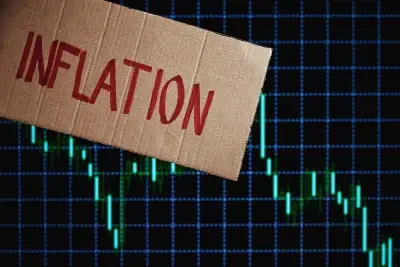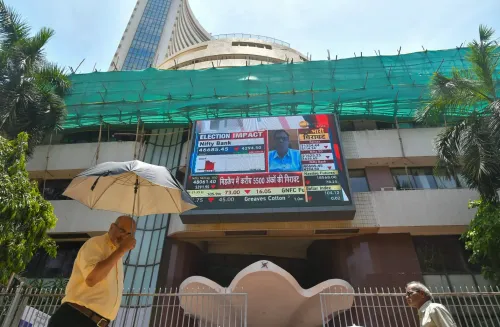Will India’s Retail Inflation Continue to Decline in October?

Synopsis
Key Takeaways
- India's retail inflation is expected to decrease further in October.
- Food inflation is likely to remain negative during the winter months.
- The October CPI inflation is projected below 0.50 percent.
- Inflation forecast for FY26 has been revised down to 2.6 percent.
- Continued low inflation could support consumer demand and economic stability.
New Delhi, Oct 19 (NationPress) India’s retail inflation is anticipated to decrease further this October, driven by a high base effect, declining food prices, and the comprehensive impact of recent GST reforms, as per a newly released report.
The analysis conducted by Union Bank of India indicates that inflationary pressures are likely to increase only gradually in the upcoming months.
The bank's current forecast for the Consumer Price Index (CPI) inflation this October is tracking below 0.50 percent.
Furthermore, it predicts that food inflation will significantly decline and remain in the negative territory throughout the winter season, thanks to the limited impact of recent floods.
Currently, inflation has already dropped to an eight-year low, aided by reduced food prices and the rationalization of GST rates.
The report has revised its inflation outlook for FY26 down to 2.6 percent from a previous estimate of 3.1 percent.
Additionally, it notes that inflation is expected to remain below the RBI’s target range for much of the year, with a potential slight increase in the fourth quarter due to base effects.
In September, CPI—which tracks the average change in retail prices of goods and services—exhibited a notable reduction compared to the prior month, showcasing a widespread moderation in price growth.
The Consumer Food Price Index (CFPI) was recorded at -2.28 percent, signifying that food prices have been decreasing since June 2025.
Further data revealed that inflation in rural areas stood at 1.07 percent, while urban inflation was marginally higher at 2.04 percent.
Food inflation remained negative in both demographics, with rural areas at -2.17 percent and urban regions at -2.47 percent, attributed to the decline in vegetable and edible oil prices.
The government has credited this decrease to “favorable base effects” and lower prices of essential food items, including vegetables, oils, fruits, cereals, pulses, eggs, and fuel.
Economists suggest that if the current trend persists, India could sustain a low-inflation atmosphere through the festive and winter months, bolstering consumer demand and ensuring overall economic stability.









